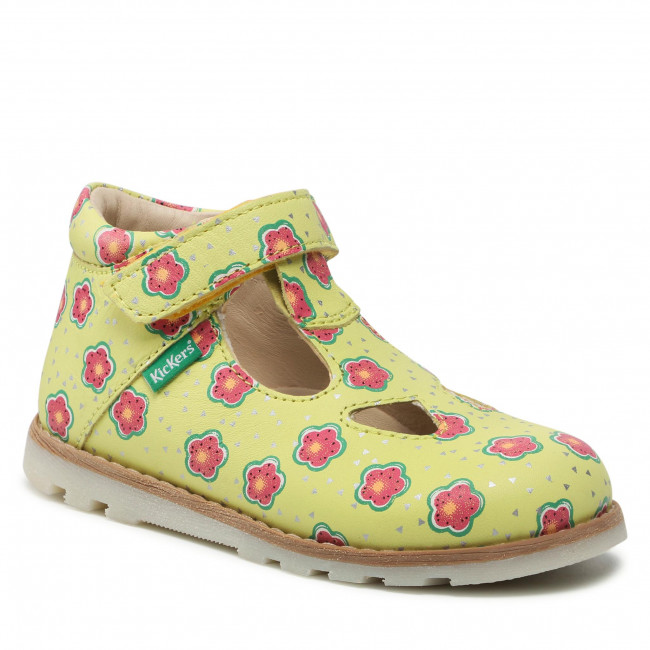
Golf is all about the correct grip. There are many types of grips in golf. They all aim to connect your hands properly. For example, an overlap grip means that the pinkie of the lower hand is placed over the index finger of the upper hand. An interlocking grip is one that overlaps both the upper index and lower fingers.
Proper grip can be achieved by aligning your V's with your shoulders.
There are many options for how to hold the club. The "neutral", or common grip, is one way to hold your golf club. This grip allows you to keep your wrist hinge fluid and generate more club speed on the downswing. This will increase the likelihood of hitting the ball squarely at impact and result in a consistent golf shot.
It is based in finger linking
The most important part of a good grip is finger linking. This promotes a stronger wrist hinge, and a more solid grip. Two of the most popular grips are the Vardon grip or the overlapping grip. The Overlapping Grip places the thumb of a left-hand with the middle finger of the palm of a right hand.

It is based on a 10-finger grip
For those golfers who have smaller hands, a 10 finger grip is the most appropriate. This grip allows all ten fingers to engage the club head, resulting in the maximum amount of contact between the hand and the club head. This grip reduces stress and increases power.
It's based on interlocking
The key to success in golf is a correct grip. To ensure a perfect grip, the pros at golf are always checking the set up and grip. Because the grip is what connects golfers and clubs,
It is based on Vardon's grip
The Vardon grip has become the most familiar grip in golf. It is named after great British golfer Harry Vardon and connects the right index finger and pinky to the left hand's middle finger and thumb. This grip offers stability and control. This grip also helps you to strike the ball with accuracy and consistency.
It is based in the overlap grip
The overlap grip, one of the most common grips in golf, is very popular. It was popularized by Harry Vardon, a legendary golfer in the late 1800s. It is also known by the Vardon grip and is used both by amateur golfers as well as pros. The overlap grip connects the hands together, allowing for more power and wrist freedom. This grip is not for smaller hands, and it lacks control.

It is based upon the 10-finger grip
The ten-finger grip is the easiest and most natural grip for most players. It provides the best leverage and speed for swinging. It is a great grip for beginners and people who feel they don't have enough power. This grip should not be used under extreme pressure as it can increase grip pressure and make it difficult to release the club from impact. The most neutral and comfortable grip is the 10-finger grip. It gives you better control, as the wrists are not forced to flex too much or causing pressure.
FAQ
What happens after a round?
At the end of a round, the player with the lowest score wins. Two people can tie for first.
If more than three people are tied for first place after 18 golf holes, they each share the prize money.
The tournament committee will decide who receives the prize money if there are only two players left tied after 18 holes.
What equipment should you bring to play golf?
Golfers need to dress in appropriate weather conditions. A shirt, long trousers, and well-gripped shoes are all recommended. For outdoor games, players should always wear sunscreen and sunglasses.
To help you wipe sweat from your face and body after working out, it's a good idea for you to bring a towel. A hat, gloves and water bottle are also recommended.
How can a golfer score points on the course?
Points can be awarded based upon how well a player does in a competition. In golf, there are many ways to score points. A player might win a tournament by scoring more points than any other player. A player could finish in second place and win half of the prize money. You can also earn points for placing 3rd through 10th. These extra points are known by the "strokes."
These official competitions are not the only ones that award points. There are also many unofficial events which award points to the highest performing players. Bonus points can be awarded in certain cases to players who perform well in a particular event.
What kind of clubs should I use?
There are many types and styles of clubs. Most players start out with a driver - a heavy metal club that allows them to hit the ball further. Other clubs include wedges and woods as well.
Woods are clubs that are longer and more flexible. They allow players to be closer to the pin, but still have the ability to reach the green. They are commonly used for long drives, approaches, and even putting.
Irons are shorter clubs that are designed to help players hit the ball closer to the pin. They are often used for short-distance shots such as putting and chipping.
Wedges are specialized clubs used to control flight paths of the ball. These are used to direct shots that require precise direction.
Putters are small clubs designed to roll the ball towards the cup. Players use them to make short putts.
The type and type of shot you wish to make will dictate the club you use. Different clubs suit different types of shots better.
Drivers, for example, are helpful in hitting the ball further away than the hole. Wooden can be used to drive the ball far distances. Irons are perfect for short shots. Wedges are excellent at controlling the flight of the ball. Putters are ideal for rolling the ball into holes.
Statistics
- In the United States, the number of people who play golf twenty-five times or more per year decreased from 6.9 million in 2000 to 4.6 million in 2005, according to the [51] (en.wikipedia.org)
- In the United States, women made up 25 percent of golfers in 2021, which was up from 19 percent in 2011, and junior female golfers account for 35 percent or 1.1 million golfers.[50] (en.wikipedia.org)
- Professional golfers typically make between 60% and 70% of greens in regulation. (en.wikipedia.org)
- Professional golfers typically make between 60% and 70% of greens in regulation. (en.wikipedia.org)
External Links
How To
How to Make a Perfect Swing in Golf
A strong golfer understands how to play his game, and what he can do to improve. He must understand how to use the various grips, stances and swings.
These tips can help you to master golf.
-
Get to know the basics before you practice your swing.
-
Practice makes perfect. - You can practice by going out in nature or indoors and hitting balls at a target. This will give you feedback on your technique and form without causing injury. Once you feel confident with the mechanics and form of your swing, play a few holes of golf.
-
Check your readiness - Before hitting any ball make sure you check your grip and posture. Also, ensure that the distance from the target is accurate. Adjust if you don't feel the right way.
-
Keep it simple. They are masters of their craft because they have practiced and perfected their own unique style.
-
Technology is key to improving your golf game. Many apps are available that will help you analyze your swing and track your score. They can also measure distances and give you advice based upon your statistics.
-
Be consistent. When you practice, remember the following principles: * Focus on one aspect at a time. For example, if your goal is to improve your short game skills, you should only work on the short games drills. Don't mix long and short drills.
-
You should only focus on one aspect of your body at time. For instance, if you're working hard on your left arm, then forget about your right arm. It won't help you improve your overall game.
-
Always be truthful. Never lie to your self. If you think that you are doing more than you actually do, then you are cheating yourself.
-
Play with friends--Playing with others will inspire you to improve. Not only will it help you stay motivated but you'll also find some friendly competition.
-
Recognize your strengths and weaknesses. Find out what areas you are strong and where you can improve.
-
Have fun! Enjoy the learning process of golf. There is no such thing "perfect" at any skill. You'll enjoy the journey even if you don't achieve perfection.